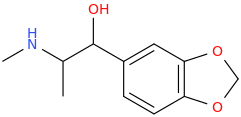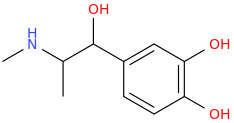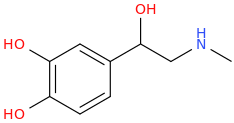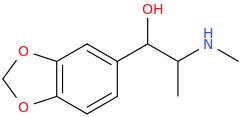aced126
Bluelighter
- Joined
- May 18, 2015
- Messages
- 1,047
Why is methylone way more residually stimulating than its brother MDMA? Could it be due to this metabolite?

Or even this one:

Seems to perfectly satisfy everything needed for a potent beta agonist. And along with the fact that the dosage is higher, could all this contribute to the above observation?

Or even this one:

Seems to perfectly satisfy everything needed for a potent beta agonist. And along with the fact that the dosage is higher, could all this contribute to the above observation?







